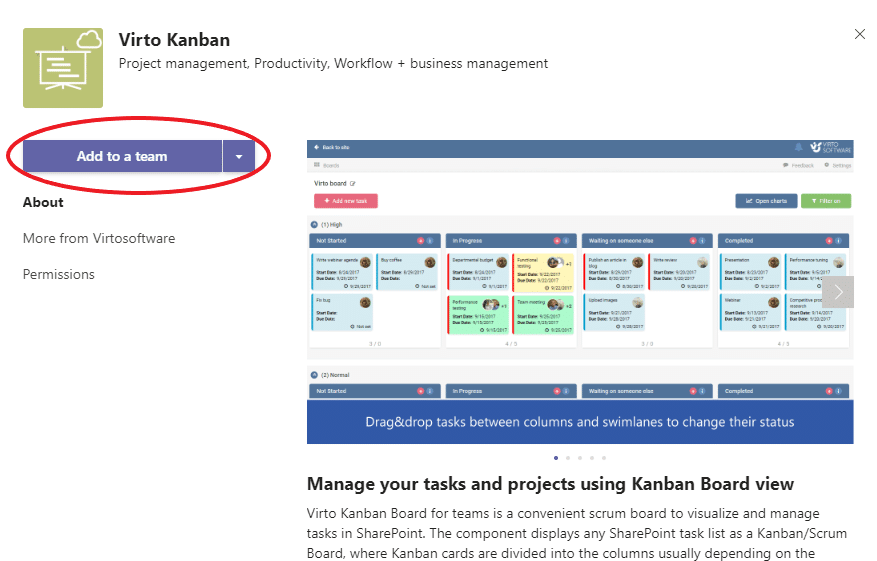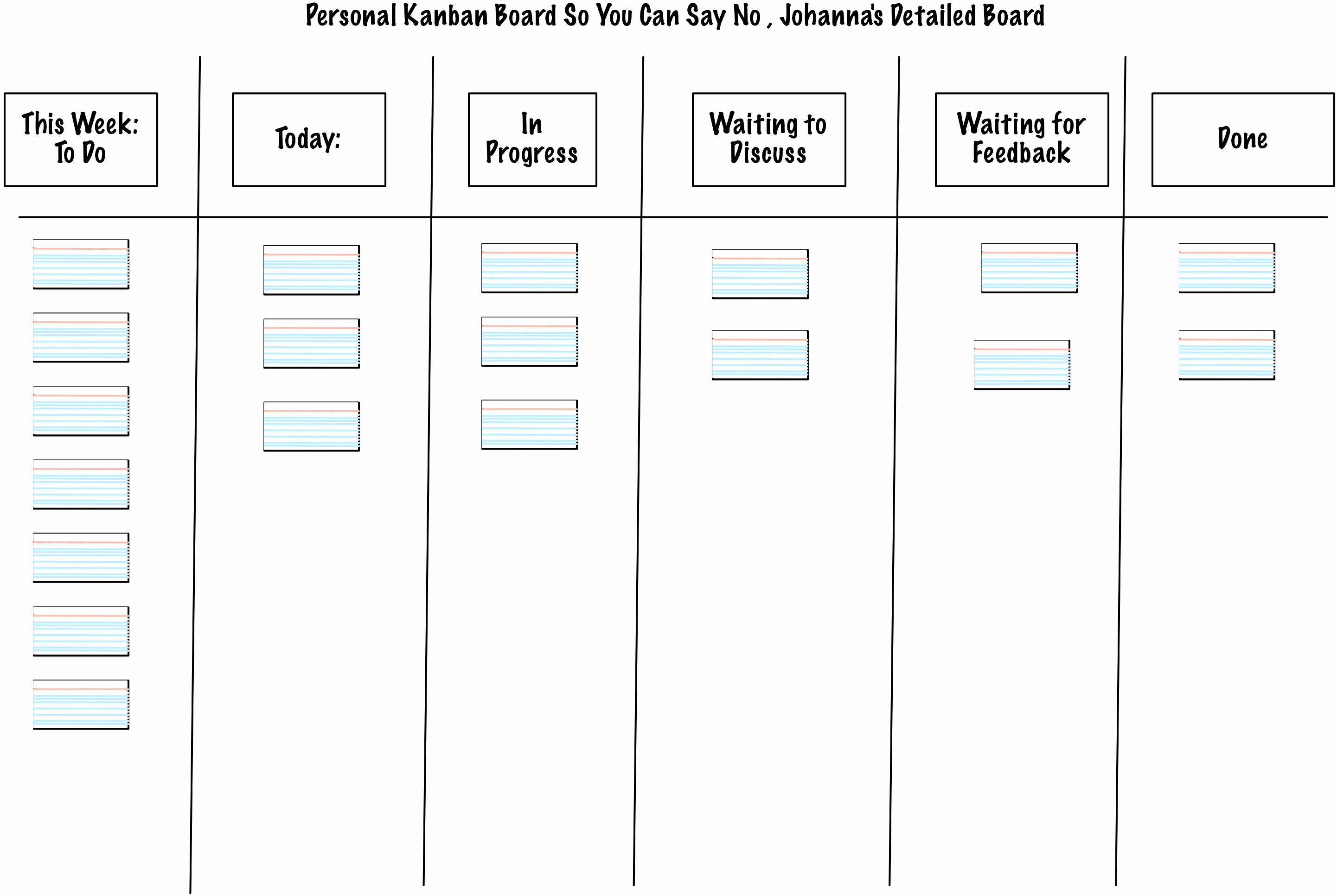


After that, it should be able to see the projects and specifically the Azure DevOps team you’re a member off. The account name is the connection where your tenants Azure DevOps instances is hosted, it’s possible you get notified to authenticate to your Azure DevOps instances before you can select the Account.

First you would have to specify the Azure DevOps account, Project and team: note that you could be part of multiple of them, so choose the correct one in order to get the correct work items. You might have to search and scroll for the correct trigger, in this case I’ve choose “Azure DevOps – When a work item is assigned”: The trigger is the event the Flow watches for to be true and if so, perform the action(s) you have defined: There is a template for this scenario, but I like to break this down so in this case we will use “+ Automated – from blank”:Ī new screen popups in which you can name the Flow and search for the first trigger. Creating and configuring the Flowįirst, go to or via the waffle menu within you Office 365 browser session. Obviously there are more ways and variations possible, but for that you might have to dig deeper into Flow. The benefit of having one aggregated list with all my tasks is greater than that downside. Unfortunately (currently) no synchronization between the two objects, but I can live with. I used Microsoft Flow in order to copy any newly assigned DevOps task to the To-Do list. So, I want an automatic way to get those DevOps objects into my To-Do list. Unfortunately Azure DevOps Work Items are not shown in To-Do app as of today. I like to minimize places I have to monitor and that includes looking at several places for assigned tasks. And more recently Planner tasks can show up in the To-Do app.

It even copies most content of the mail and flag status (Complete etc.), both will show the same status. Since a few weeks, you can have Flagged Mails from your Exchange account added as an To-Do task. However, I also use mail as a sort of To-Do list. Using Planner in Microsoft Teams is as simple as adding a new tab to a team channel.Recently I’ve been working more with Azure DevOps within our team we do our capacity planning and tasks (Work Items) in sprints. Microsoft Planner is available to most users with a Microsoft 365 (formally Office 365) business subscription (note: it’s not included in Microsoft 365 home/personal subscriptions), which means you can manage your tasks, without having to spend more time and money on a third party application. Using a third-party app to manage your tasks, means more applications to switch between, more updates and plugin management, more time, more subscriptions and undoubtedly more money. Oh, and all of your team’s tasks, notifications and key discussions stay in Microsoft Teams and don’t get lost in emails, static documents or sticky notes.
#Microsoft to do kanban update
You can manage your plans, update tasks and view progress right within Microsoft Teams. Planner integrates seamlessly into Microsoft Teams, which means you don’t have to switch applications to use it. And with at-a-glance charts at your fingertips, you will know where things stand and if your team is making enough progress towards your goal. This is where you can drag and drop your tasks into buckets (aka columns), update tasks, and filter your board by task status or task owners, so you always know who is working on what. #2 Get 100% visibilityĮvery plan you create has its own board. In just a few clicks you can create a visual planning board, build a team and assign tasks. Here are five, that will have you reaching for the launch planner now button. There are a bunch of reasons to use Microsoft Planner to organise and plan your tasks. Oh, and because it integrates seamlessly with Microsoft Teams, you can collaborate and communicate efficiently, even if you’re all working remotely. Microsoft Planner helps you create plans, assign tasks and get at-a-glance reports, so you have 100% visibility of your team's progress. But we know it as a simple visual app that makes it easy for you to organise teamwork and manage tasks. The fancy terminology for Planner is a ‘work management application’. In this article, I’ll introduce you to Microsoft Planner and show you how this Microsoft 365 app equivalent to Asana, Trello and other work management apps can help you to create, manage and keep track of your tasks, without having to sign-up and pay for yet another application.īetter yet, because Planner seamlessly integrates with Microsoft 365 apps – including Microsoft Teams, and it's included in your Microsoft 365 (formally Office 365) business standard plan, it won’t cost you any extra to take the chaos out of remote teamwork and get more done.


 0 kommentar(er)
0 kommentar(er)
